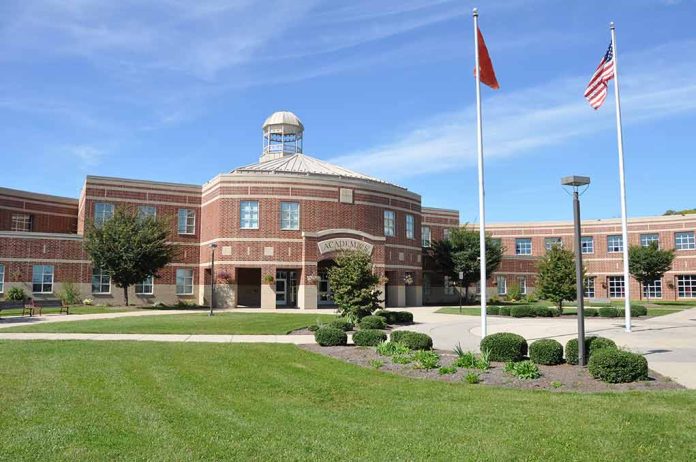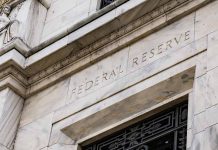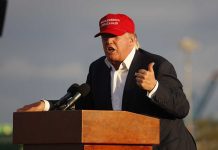
President Trump’s Educational Freedom Order ignites a fierce debate on school choice and the future of public education.
Top Takeaways
- Trump’s executive order redirects federal funds to expand school choice programs
- Multiple government agencies are involved, including Education, Defense, and Health and Human Services
- The order emphasizes parental rights in choosing their children’s education
- Critics argue it could weaken public school support, while supporters see it as empowering families
- The issue has become increasingly partisan, with Republicans generally supporting school choice and Democrats opposing it
Trump’s Bold Move for Educational Freedom
President Donald Trump has issued an executive order aimed at expanding school choice, potentially reshaping the landscape of American education. The order directs several government agencies, including the Departments of Education, Defense, and Health and Human Services, to redirect federal funds towards school choice programs. This move aligns with Trump’s long-standing commitment to educational reform and parental empowerment.
The executive order tasks the Education Secretary with providing guidance to states on using federal funds for school choice within 60 days. Additionally, the Secretary of Defense is instructed to develop plans for supporting school choice among military families, while the Secretary of Health and Human Services is to explore redirecting block grants to expand educational options.
🚨 President Trump has signed an executive order to expand school choice and “support parents in choosing and directing the upbringing and education of their children.” pic.twitter.com/fgZ3yXTMjS
— Rapid Response 47 (@RapidResponse47) January 29, 2025
Addressing Educational Challenges
The White House has presented this initiative as a response to perceived shortcomings in the current education system. Statistics cited in the executive order reveal low proficiency in reading and math among 8th and 4th graders, with standardized test scores remaining stagnant for over three decades despite increased spending on government-run education.
“Parents want and deserve the best education for their children. But too many children do not thrive in their assigned, government-run K-12 school,” Trump states in the executive order.
Supporters of the order argue that school choice programs have shown improved academic performance and cost-effectiveness in states where they’ve been implemented. They also point to reports of higher safety levels and strong support across various demographics for these programs.
Expanding Educational Options
The executive order encompasses various forms of school choice, including vouchers, Education Savings Accounts (ESAs), public charter schools, and open enrollment. It also builds on previous initiatives, such as allowing parents to withdraw up to $10,000 tax-free per year from 529 education savings plans for K-12 schooling costs.
“President Trump’s executive order to prioritize and expand school choice programs is a crucial step toward empowering families and giving them greater control over their children’s education,” Robert Enlow, the President and CEO of EdChoice, wrote in a statement.
Currently, about a dozen states have universal school choice programs, benefiting over a million students. The order aims to significantly increase these numbers by leveraging federal resources and encouraging state-level adoption of school choice policies.
Controversy and Opposition
Despite its supporters’ enthusiasm, the executive order has faced criticism from teachers’ unions and public education advocates. The National Education Association (NEA) and the American Federation of Teachers (AFT) have voiced strong opposition, viewing the order as an attack on public schools.
“It’s a direct attack on all the parents and the families and the kids who actually go [public schools],” said Randi Weingarten, President of the American Federation of Teachers.
The debate has increasingly fallen along partisan lines, with Republicans generally supporting school choice and Democrats opposing it. This polarization is evident in recent state-level battles, such as in Kentucky, where national teachers’ unions spent over $7 million to oppose efforts to amend the state constitution for school choice.
Looking Ahead
As the implementation of Trump’s Educational Freedom Order begins, its impact on American education remains to be seen. Supporters hope it will lead to increased innovation, improved student outcomes, and greater parental satisfaction. Critics worry about potential negative effects on public school funding and educational equity.
The ongoing debate underscores the complex challenges facing American education and the diverse perspectives on how best to address them. As the country moves forward, finding common ground and prioritizing students’ needs will be crucial in shaping the future of education in America.






















